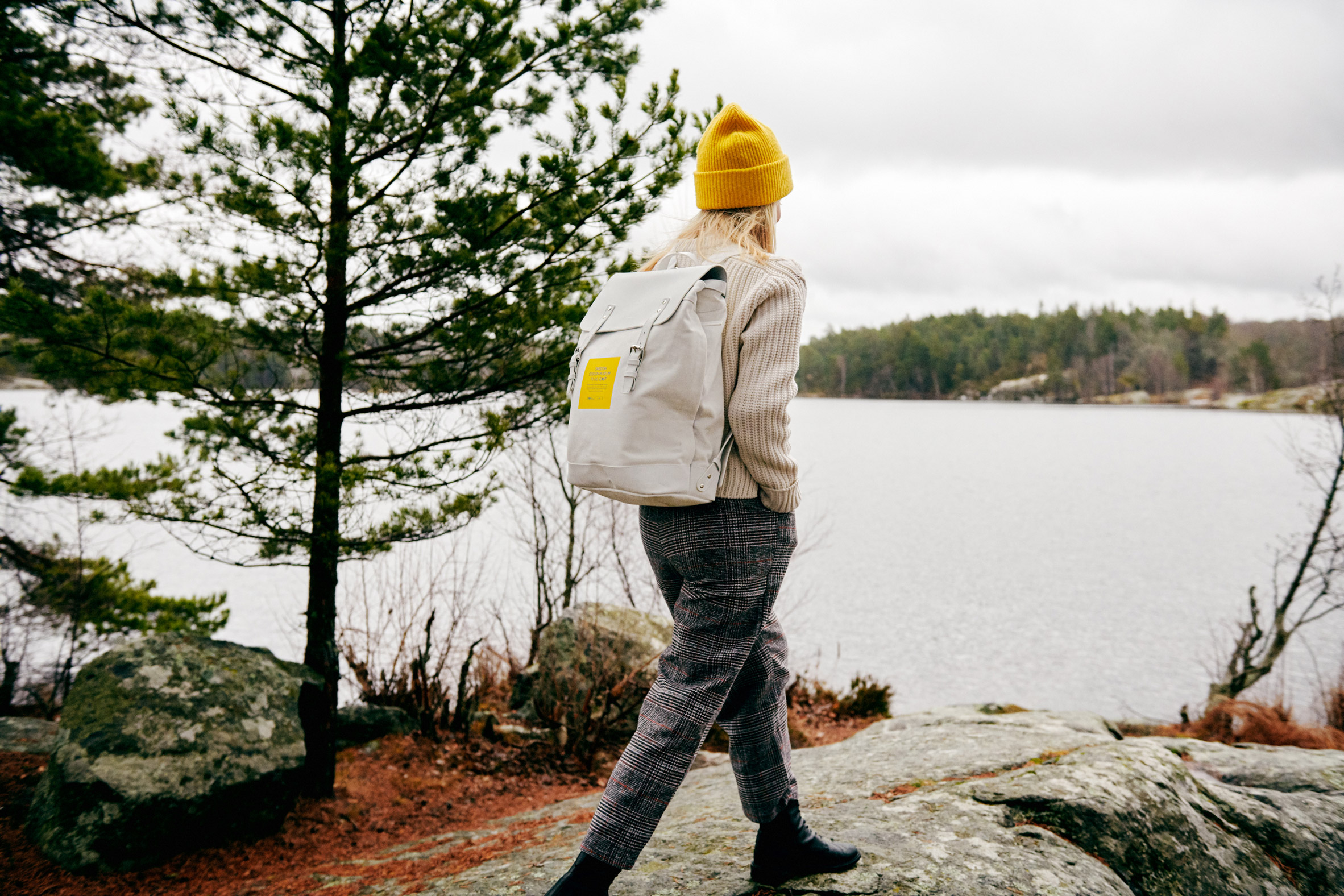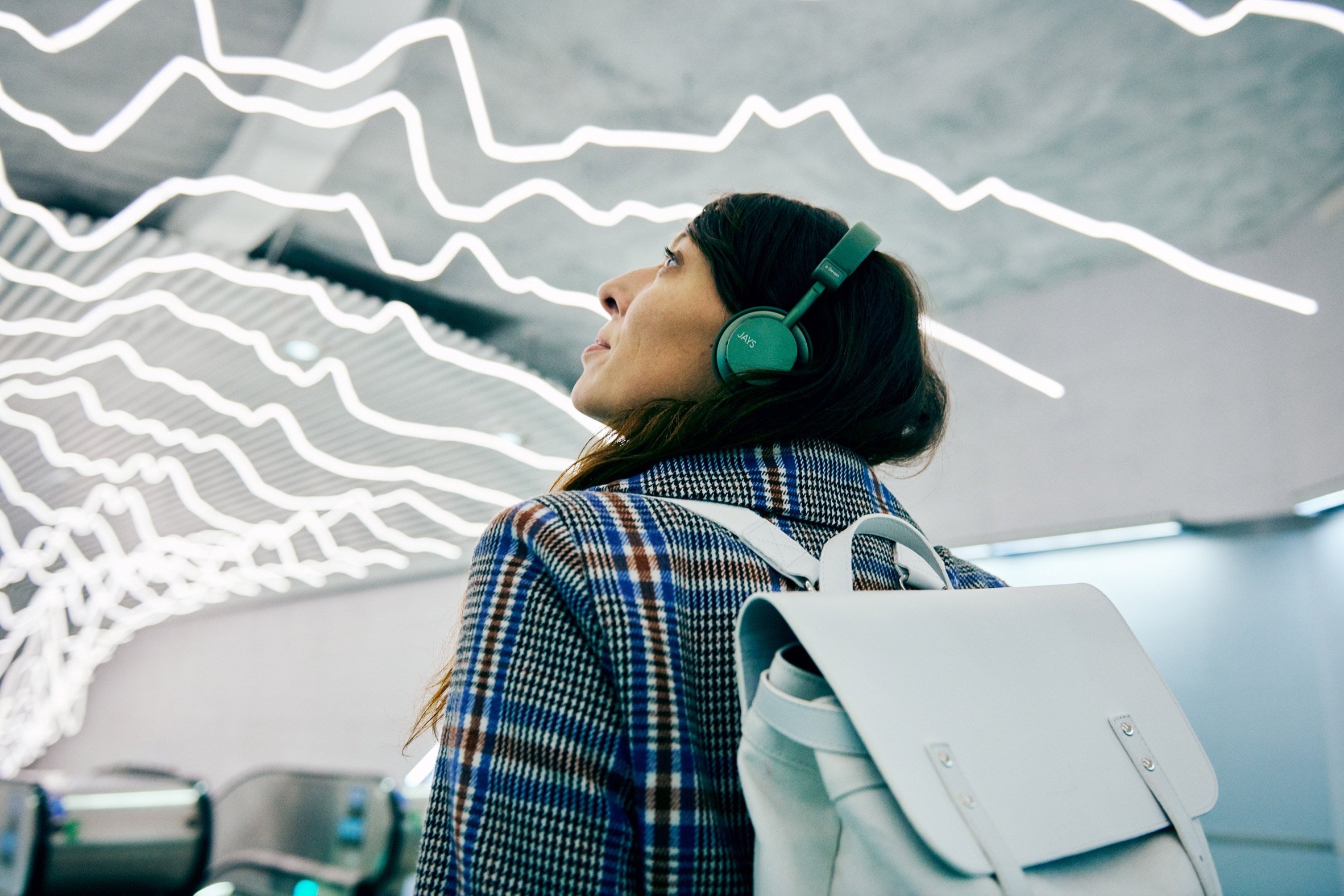
The New York based illustrator views collage as a natural way to tell stories from her own perspective.
from It's Nice That https://ift.tt/2vAFHD1

The New York based illustrator views collage as a natural way to tell stories from her own perspective.

Studio Yukiko and Sofa magazine's editors talk us through the playtime issue of the experimental mag featuring the wonderful works of Max Guther, Alexis Beauclair and Alice Z Jones, just to name a few.
Directed by Mads Broni, Bowl to Soul draws inspiration from Studio Ghibli, Japanese animator Makoto Shinkai and the concept of kaizen.

The Swedish Design Museum To Go exhibition can be taken away inside a backpack that visitors can borrow for a week to explore the country with.
The Swedish Design Museum's latest exhibition consists of a backpack from bag brand Sandqvist filled with Swedish, design-led items that have been carefully chosen by local curators in the country, based on their favourite things to do.
Designed to work as a "true insiders' guide to Sweden", each object closely relates to various local experiences in Sweden, and comes with "personal tips" from the curator.

The takeaway design exhibit is available in four different versions designed for the south, west, north and east areas of the country.
Items included in the backpacks range from blankets and headphones to wood-carving sets and trainers. Other items, such as a towel, can lead the explorer to lake Källtorpssjön, which is located just 20 minutes from central Stockholm.

Examples of the curators' personal tips include enjoying a day in east Sweden by heading to Stockholm for "the perfect blend of recreation and culture", making use of cosmetics, textiles and technology.
In the country's southern region, they recommend visitors utilise the cup, lamp and safety technology included in the backpack to take advantage of the scenic views and urban culture in Malmö.

"Swedish design is made to be used, not to be put on a pedestal or locked behind glass, and we want our visitors to truly get a chance to experience this when coming to Sweden," said Jennie Skogsborn Missuna, CEO at Visit Sweden.
"The Swedish Design Museum is therefore not your typical museum, and the exhibition is a personal guide to both Swedish design items and the destinations, providing a tour of Swedish experiences, specifically chosen for the design interested visitor."

The online design museum was opened by travel organisation Visit Sweden in 2017. The online platform has no physical collection, with the aim of making Swedish design more accessible to people from all across the globe.
"Swedish design is made for the many, made to be used – and used again," said the company. "It breaks norms and challenges preconceptions. Moreover, it is shaped by its context, the beliefs and values of Swedish society."

The Swedish Design Museum To Go project was initiated in response to Visit Sweden's target group analysis from 2018, which showed that "blending in with the locals is one of the most interesting and rewarding experiences for people when travelling".
Those who wish to explore different parts of the country through the lens of Swedish design can book the backpacks online via the organisation's website.
The takeaway exhibition is then borrowed for a week, free of charge, and the visitor can use the items to explore the locals' recommended places.
In another Sweden-centric exhibition, curator Paola Bjäringer collated work by eight different, predominantly female or non-white designers in a bid to present "the opposite of what is commonly known as Swedish design".
The collection of colourful pieces were displayed during the London Design Fair as part of the exhibition Crossovers by digital gallery Adorno, and include strong feminists objects.
The post Swedish Design Museum squeezes latest exhibition into a backpack appeared first on Dezeen.

Plaster walls, terracotta tiles and powder-blue details feature 28 Posti, a restaurant in Milan that has been revamped by architect and designer Cristina Celestino.
28 Posti serves up a selection of contemporary Mediterranean dishes to an intimate group of diners – something hinted at in the restaurant's name, which translates from Italian to "28 seats".
Having first opened its doors in 2013, the restaurant's white-painted interior had grown tired in appearance.

Locally-based Cristina Celestino was brought on board to refresh the interior "without distorting its convivial and relaxed atmosphere".
The cooking style of Marco Ambrosino, the young chef that heads up 28 Posti, became Celestino's main point of inspiration for the overhaul.
"[The restaurant] plays on the concepts of authenticity, comfort, simplicity and origin, and aims to create a parallel between the interior of the restaurant and the kitchen of chef Marco Ambrosino – the undisputed soul of the place," said Celestino.
“Ambrosino's cuisine starts with raw and very simple ingredients. He turns them into dishes that keep their authenticity, but at the same time uses the ingredients in a very refined and unexpected way," she told Dezeen.

Celestino has therefore used an array of natural materials to complete the space.
Earth-tone plaster has been washed across the upper half of the restaurant's rear wall, which is punctuated with a couple of square niches that display ceramic ornaments. The lower half of the wall is clad with terracotta tiles that have arched grooves.
A crumbling brick wall that runs through the centre of the floor plan has also been preserved.
Celestino subtly injected colour into the restaurant by including a handful of powder-blue details.
The colour has been applied to the legs of each of the timber dining tables, between the original wooden beams on the ceiling and a small storage cupboard.
A shelving unit that stands within one of the brick wall's arched openings also has powder-blue framework.

Textural interest is added by a partition wall that's covered in perforated white tiles and pleated-steel pendant lamps that dangle from above.
"The identity of the place is not changed radically, but in my opinion has evolved and refined," Celestino concluded.
Cristina Celestino is based in Milan and has been working across the architecture and design industries since 2005. She has previously created an installation titled The Happy Room for fashion label for Fendi, which was filled with plush, 1950s-style furniture.
Last year, Celestino also developed the interiors of the cocktail bar inside Hotel Il Palazzo Experimental in Venice. The space features candy-pink walls, a striped carpet and ornate antique mirrors.
Photography is by Delfino Sisto.
The post Cristina Celestino uses plaster and terracotta for 28 Posti restaurant interior appeared first on Dezeen.